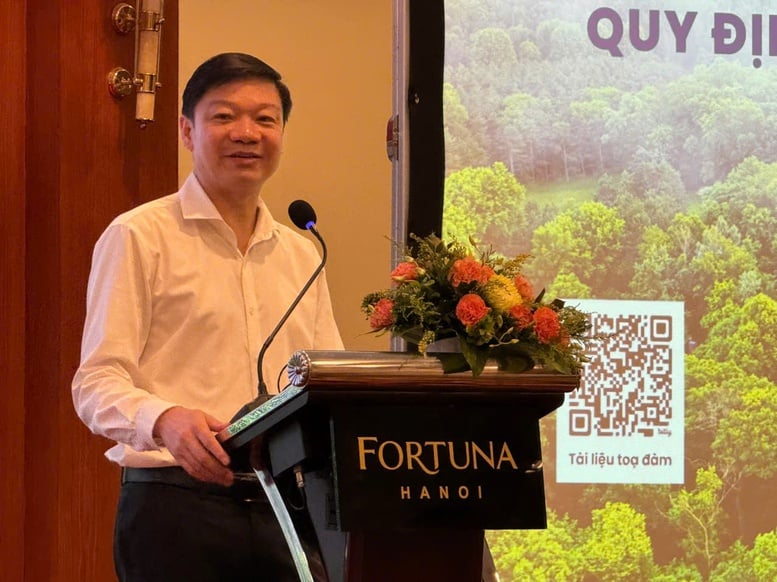
Associate Professor, Dr. Tran Quang Bao, Director of the Department of Forestry and Forestry, shares information - Photo: VGP/Do Huong
At the seminar, Ms. Nghiem Phuong Thuy, representative of the Department of Forestry and Forest Protection, said that this draft is a step to complete the legal framework to concretize commitments on reducing greenhouse gas emissions in the forestry sector, especially after Vietnam announced its goal of net zero emissions by 2050.
One of the notable new points is the clear regulation that the service provider can be a state forest owner (such as the People's Committee of the commune, public organizations), or a private party (individuals, households, communities, enterprises). The service user is an organization or individual in or outside the country who needs to offset carbon emissions.
The exchange and transfer of emission reduction results or forest carbon credits are carried out through contracts or domestic carbon trading floors. The credit value is calculated in units of 1 ton of CO2 equivalent, and the starting price frame will be issued by the Provincial People's Committee, based on the guidance of the Ministry of Agriculture and Environment .
If the forest is in multiple provinces, the price will be based on the highest bracket. In case there is no guidance, the parties will negotiate and submit to the Prime Minister for decision.
For forests owned by the entire people, the Provincial People's Committee or the Ministry of Agriculture and Environment will represent the implementation of the forest carbon project. Meanwhile, for forests owned by individuals, organizations, and communities, forest owners can directly participate or authorize a qualified legal entity to implement the project. In particular, households and individuals who own planted forests adjacent to provincial projects can voluntarily participate, have their area confirmed, and receive benefits from emission reduction results.
Revenue from the sale of carbon credits will be distributed in the form of direct payment or through the Vietnam Forest Protection and Development Fund and provincial funds. For forest owners who are organizations, the proceeds after deducting expenses will be considered legal revenue and used according to current financial regulations. For individuals, households or communities, the revenue will be allocated according to the contributed forest area and used according to the approved plan.
Associate Professor, Dr. Nguyen Ba Ngai, Vice President and General Secretary of the Vietnam Forest Owners Association, proposed separating the two service provision mechanisms and the transaction market to ensure transparency, in accordance with current legal orientations on environmental protection and forestry.
According to Mr. Ngai, the service provision mechanism should be approached as a civil-contractual relationship, in which forest carbon credits are exchanged between the supplier (forest owner) and the user (emission enterprise) through an agreement with price regulation by the State. This approach is similar to the forest environmental service payment mechanism currently being implemented, ensuring the interests of all parties and creating a clear legal corridor for local people and communities.
For the market mechanism, forest carbon credits are put on the trading floor for businesses to exchange, offset emissions or buy and sell according to demand. In this case, the State should not intervene in the price, so that the credit price is formed according to market principles or through auctions. This approach is consistent with the provisions of Decree 06/2022/ND-CP and Decree 119/2025/ND-CP on greenhouse gas emission reduction and carbon market development.
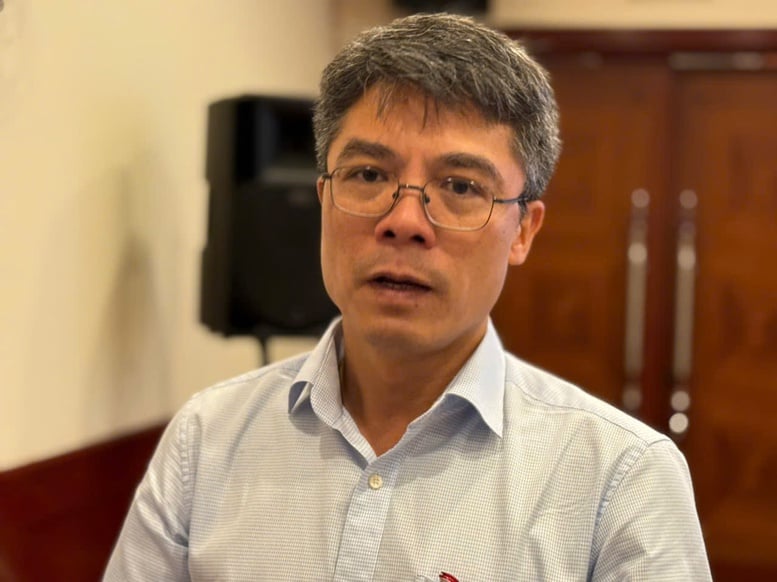
Dr. To Xuan Phuc, Forest Trends Organization - Photo: VGP/Do Huong
According to Mr. To Xuan Phuc, Forest Trends Organization, currently, the forest area, especially the planted forest of households, is very large. These are the land areas that the State has allocated to people for long-term forest production and development and households have invested their own capital. Therefore, planted forests of households should be considered private property and related regulations and decrees should be expanded in the direction of allowing people to have full rights to joint ventures, associations and participate in the carbon market.
As for forest areas owned by the people or the state, after the authorities have completed calculating the level of contribution of the Vietnamese Government to the emission reduction target, the decree should be designed in an open direction, so that organizations, businesses or projects can cooperate to invest, create carbon credits and participate in transactions on the market, including both domestic and international markets.
Once Vietnam has fully fulfilled its commitments in the Nationally Determined Contribution (NDC), the remaining carbon credits should be freely traded in a transparent and public manner to effectively mobilize domestic and international financial resources for sustainable development, Mr. To Xuan Phuc commented.
Associate Professor, Dr. Tran Quang Bao, Director of the Department of Forestry and Forest Protection, affirmed that the draft Decree was developed with the aim of providing maximum support to forest owners, especially in simplifying procedures and facilitating participation in the carbon market. He emphasized that when issued, the decree will "untie" carbon credit owners, allowing them to be more proactive in exchanging, transferring or offsetting credits not only domestically but also with international partners.
According to Mr. Bao, some notable contents in the draft are regulations on credit selling prices, which can be based on direct or voluntary agreement mechanisms like the current ERPA model. In addition, the draft also aims to strongly attract the participation of the private sector and businesses - entities with financial and technological potential - to increase forest reserves, thereby making practical contributions to the goal of sustainable forestry development and implementing Vietnam's climate commitments.
Do Huong
Source: https://baochinhphu.vn/buoc-tien-moi-trong-hoan-thien-the-che-thi-truong-carbon-102250715175115159.htm


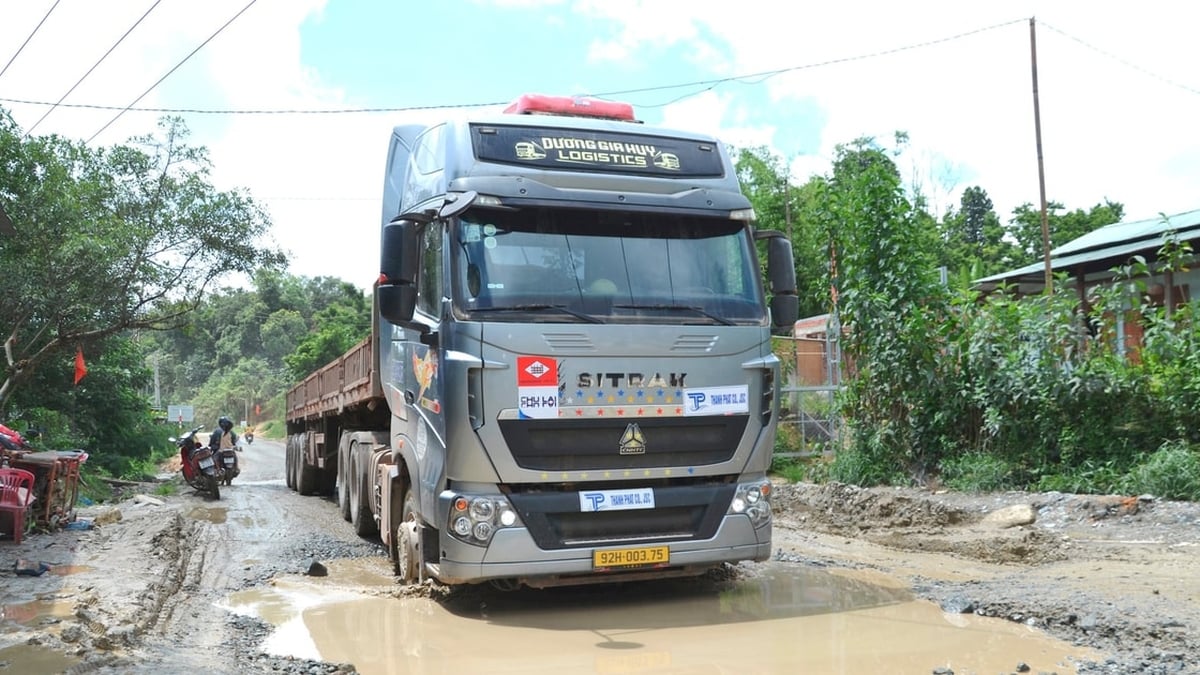
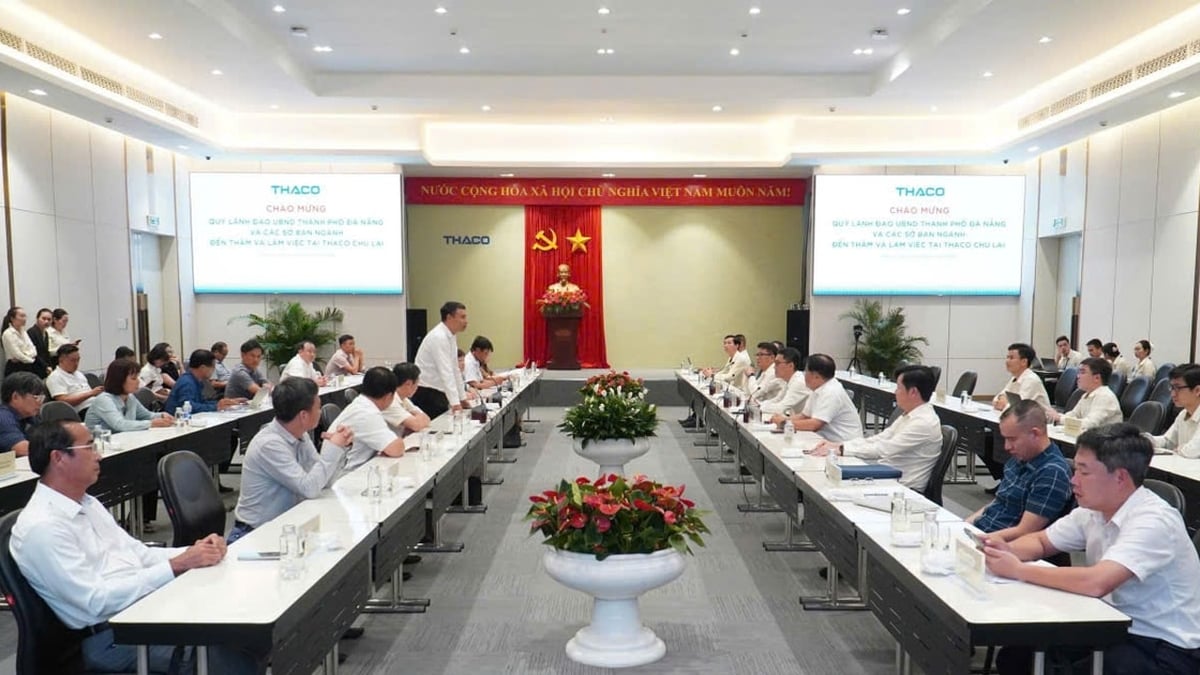
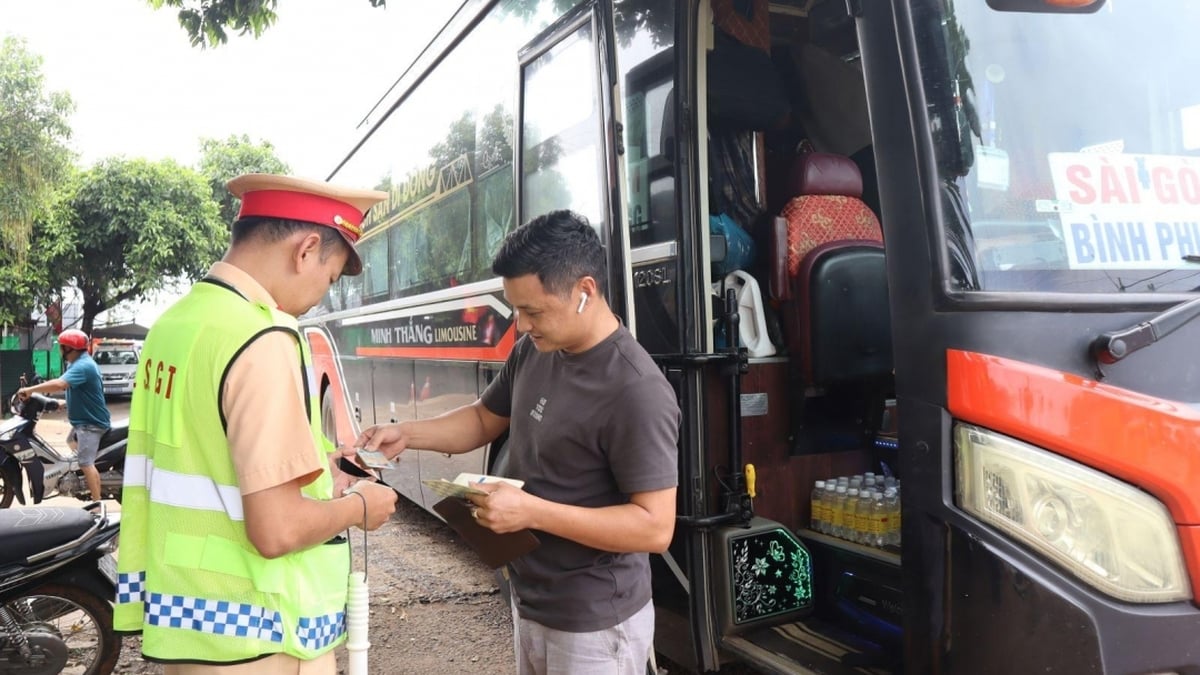
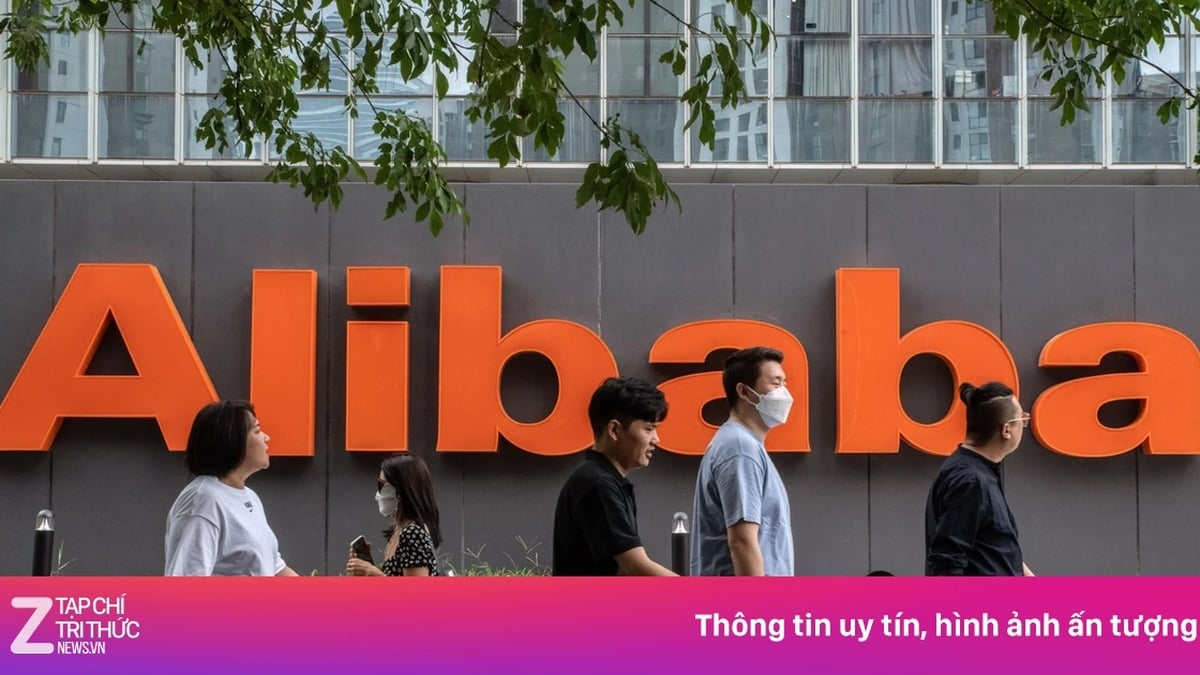

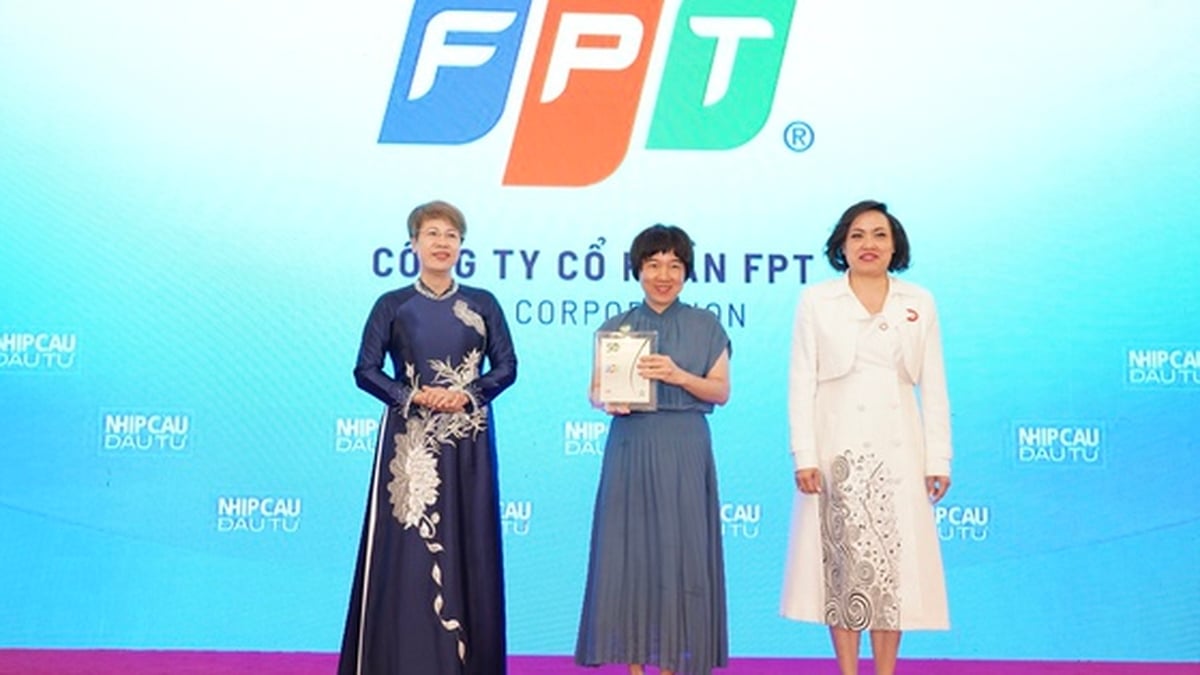
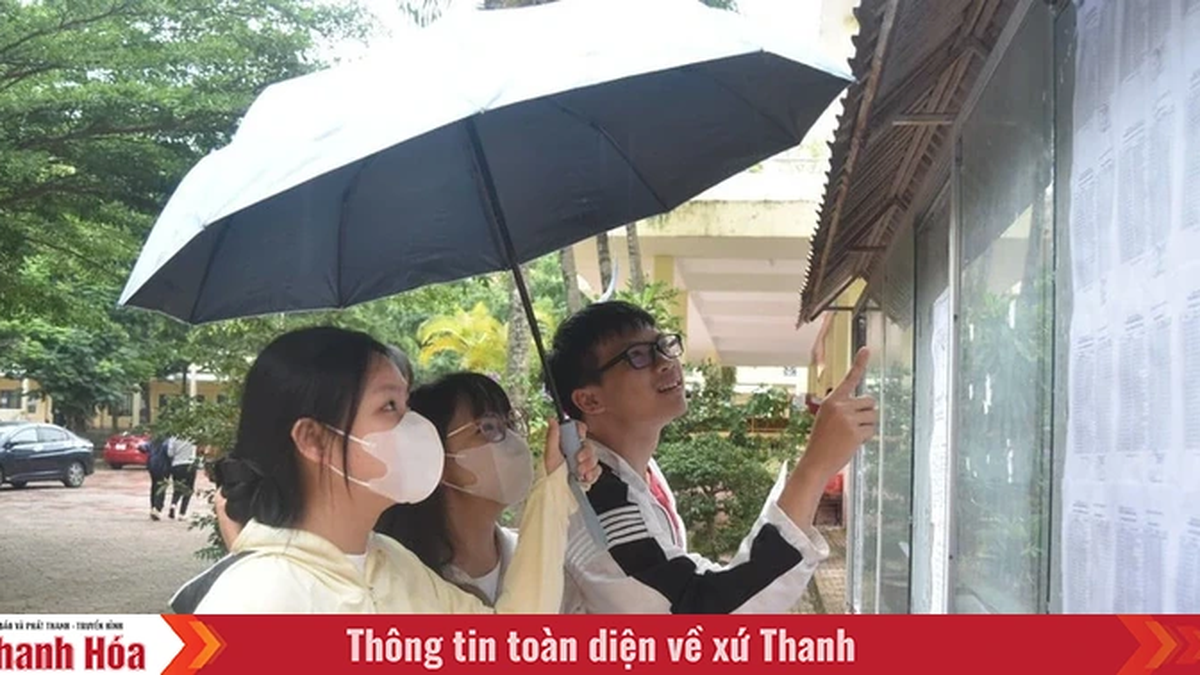
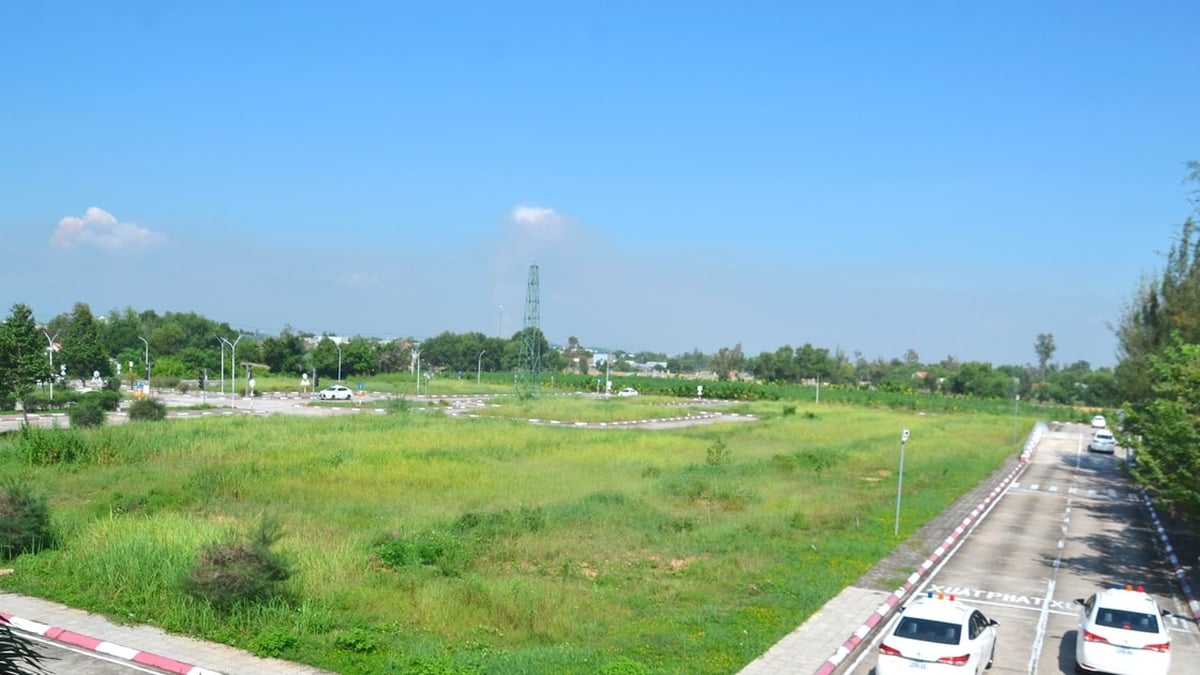













































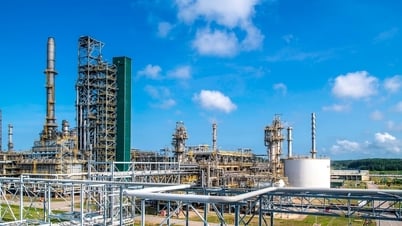



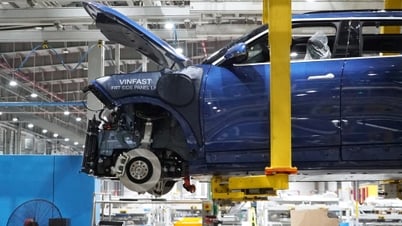



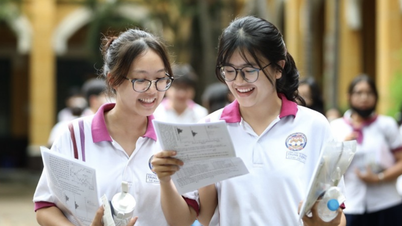



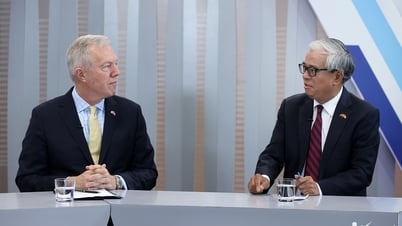


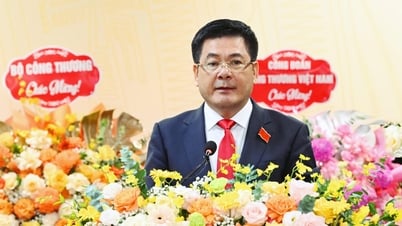

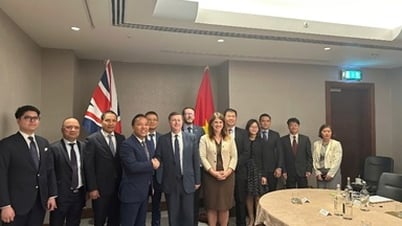


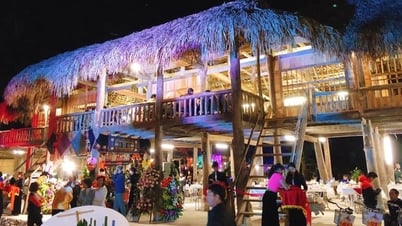

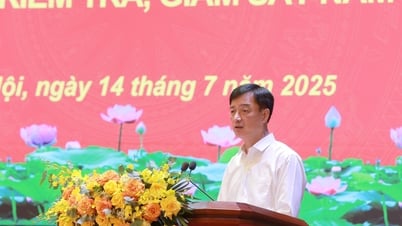























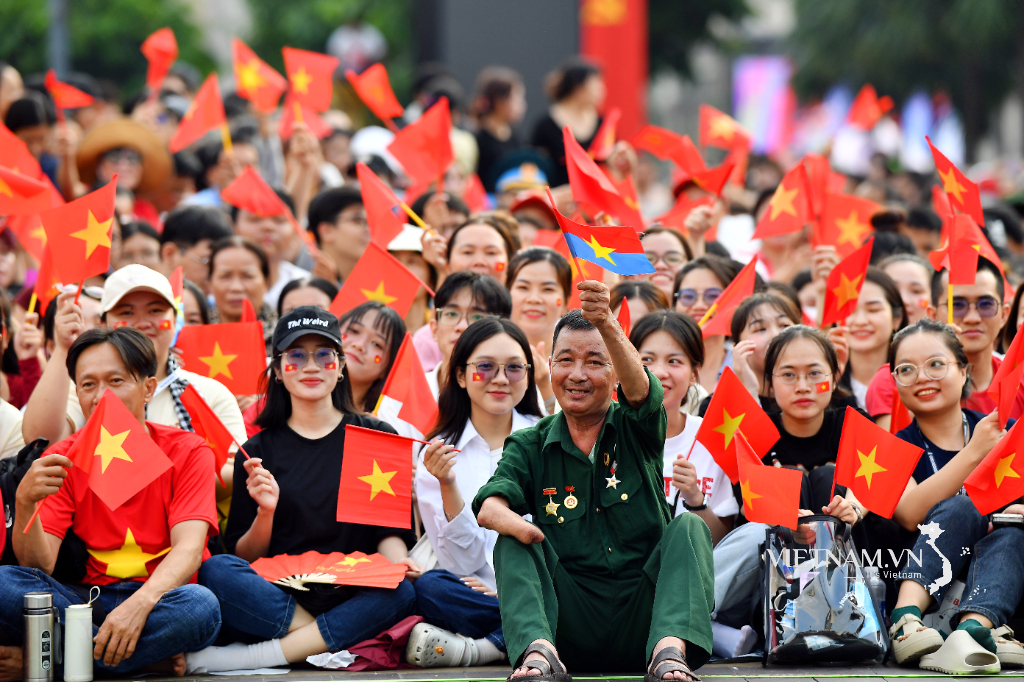
Comment (0)